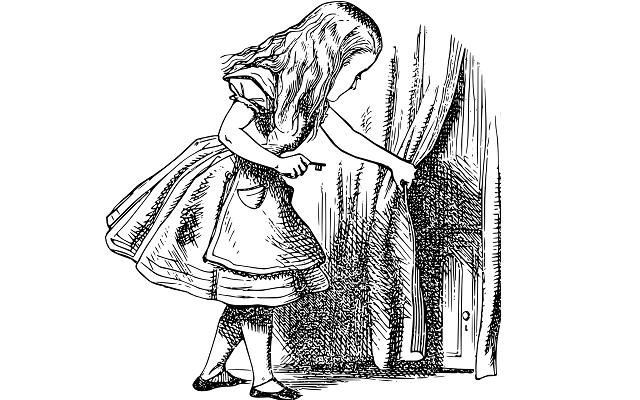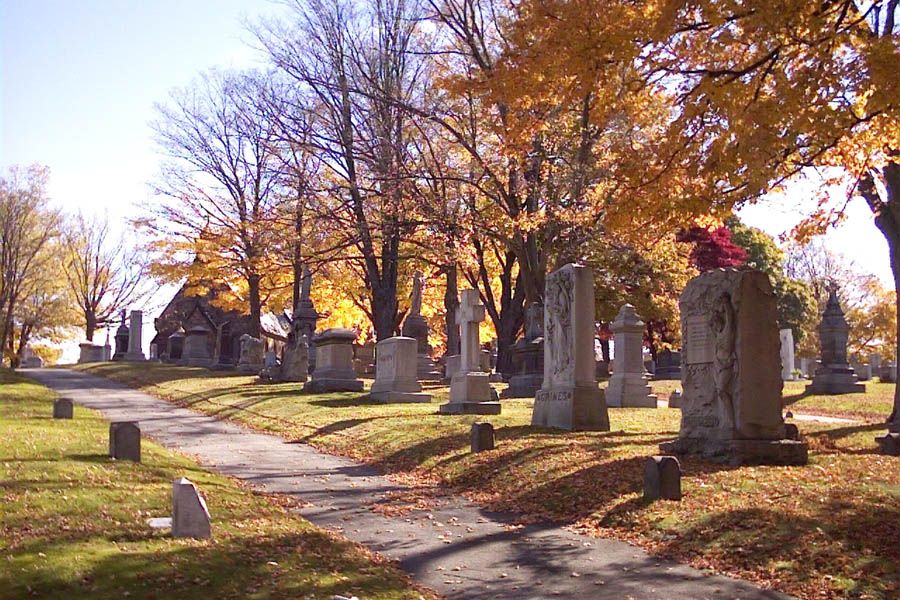This week's topic for 52 Ancestors in 52 Weeks is "Branching Out" and I would like to look, not at my family, but people who were forced into a connection with my family: the people my ancestors enslaved. Richard Howett of Tyrrell County, North Carolina In a post from last year, I wrote about ...
Genealogy
52 Ancestors, Week 4: Curious
This week's theme for Amy Johnson Crow's 52 Ancestors in 52 Weeks is "Curious" and it took a few days to consider how I would delve into this. There are so many things I'm curious about, so many things I want to discover, but I think the main one is the name of my ex-husband's paternal immigrant ...
52 Ancestors, Week 3: Favorite Photo
This is another post for 52 Ancestors in 52 Weeks where you'll recognize what I'm talking about if you've been here in the past. My favorite photo is the one that really started my genealogy journey, the July 4th picnic in Middleborough, Massachusetts between the Blake and Vaughan families. The ...
Great-Grandparents: The Wood-Wood Side
After almost 30 years of pursuing genealogy and family history, I've had to make many revisions. This is the result of both traditional research and NPEs identified through DNA testing. I thought I would review five or six generations of my ancestors and discuss what has changed and what I've ...
52 Ancestors, Week 2: Favorite Find
If you've visited my blog in the past, you already know my favorite find. It was a receipt for the purchase of a burial site, and it broke my 26-year brick wall wide open! Ever since I was 18, I'd been trying to find the place and date of birth of my great-great grandmother, Emma Anna Murphy, ...
Genealogy Goals – 2022 Edition
It's that time of year when I back up all my files and determine what genealogy questions I'll focus on over the next year. First, let's take care of backing up those files... Ah, yes, it feels good to get that out of the way. I'm a little late with both the backup process and this post, but here ...





